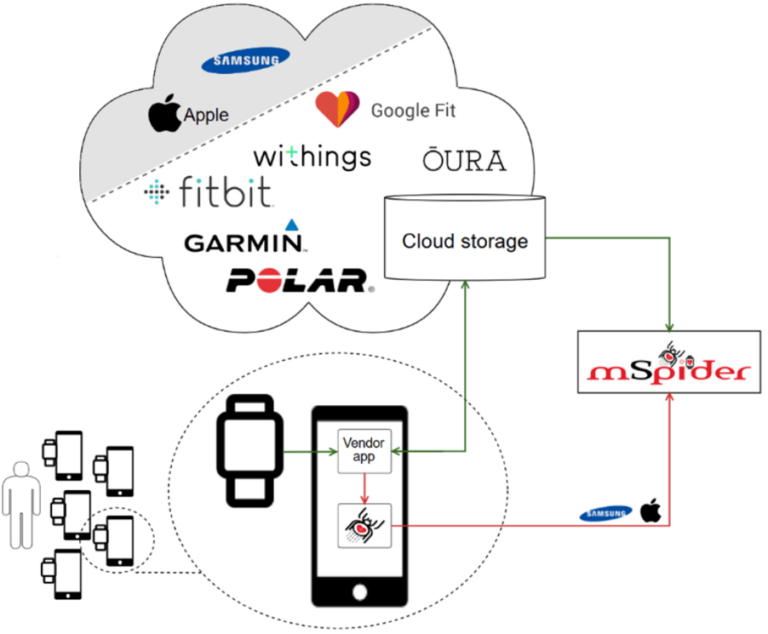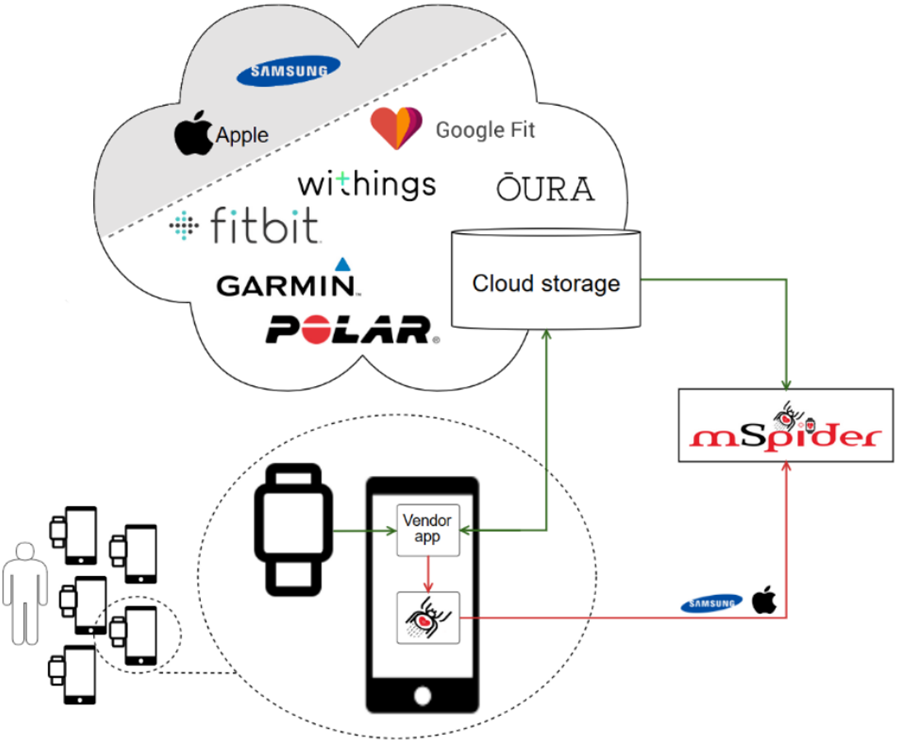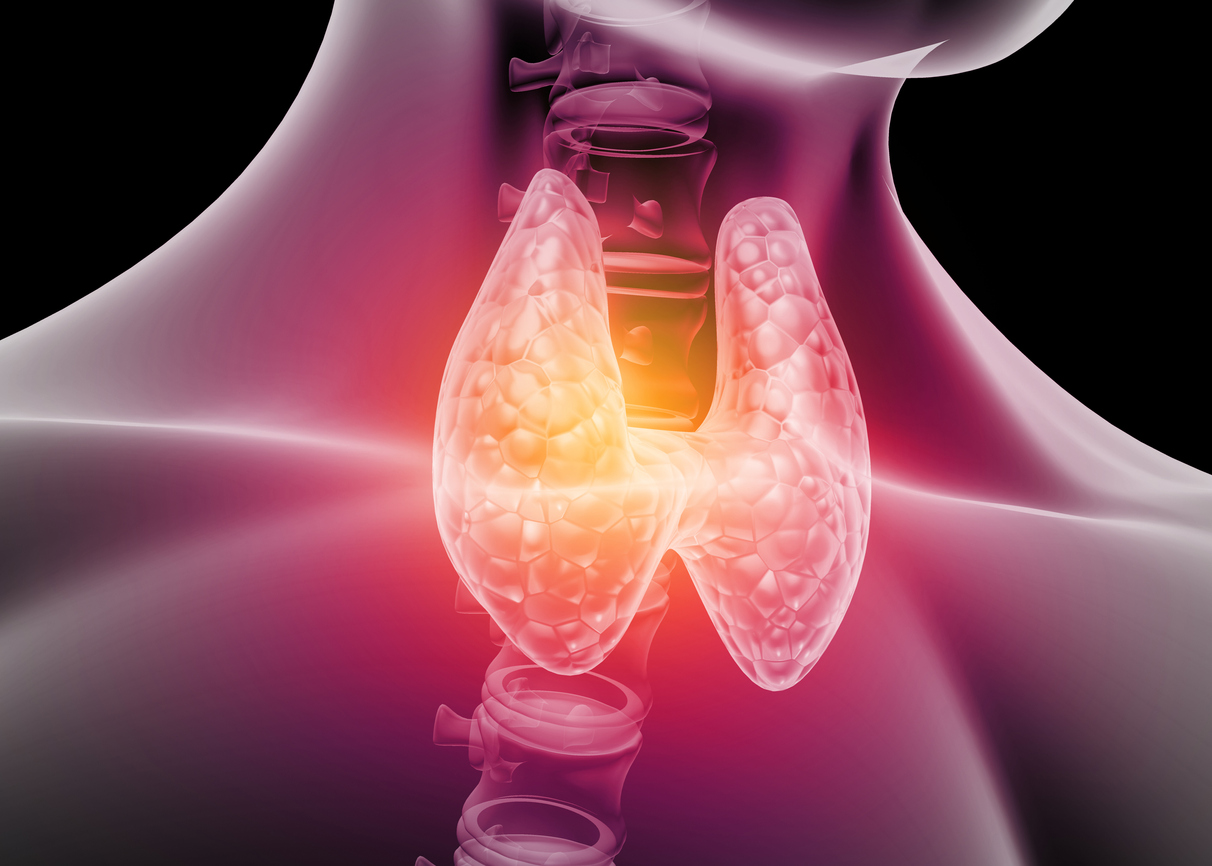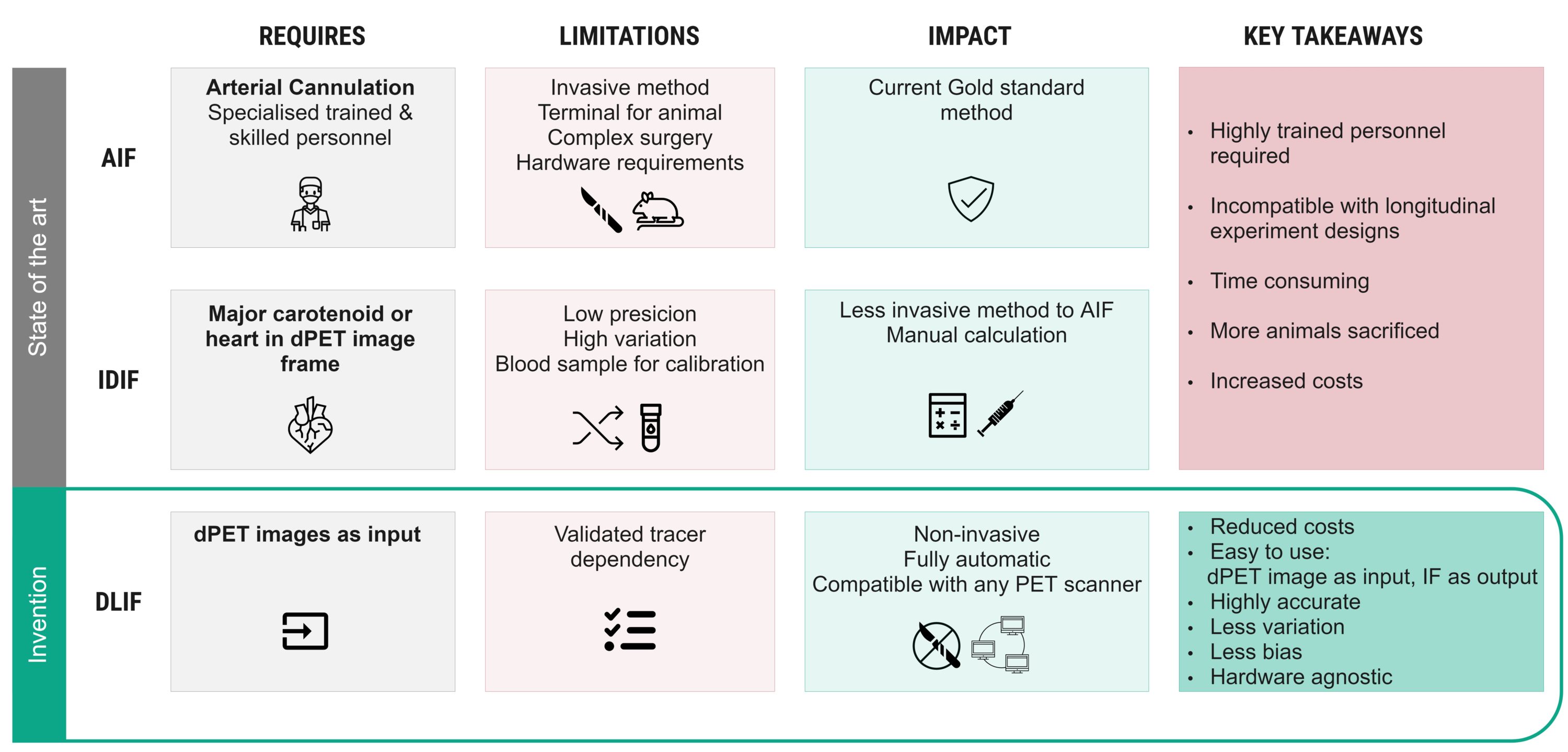Motivating continous Sharing of Physical activity using non-Intrusive Data Extraction methods Retro- and prospectively
About the technology
Data collection of physical data from study participants is time consuming and expensive. State of the art is moving towards the use of data from consumer-based equipment. However, since there are many vendors with separate method for extracting data, there is a need for a system that can handle this data collection in a more automatic way. mSpider is a tool where health researchers can register participants, after which the system will automatically handle the data extraction.
mSpider is compatible with the major consumer-based activity trackers such as Fitbit, Garmin etc and other smart equipment. The system can upload both historic and future data. Although mSpider has been developed as a research tool in mind, its application areas also include remote patient monitoring in terms of long-term physical activity.
Value proposition
- Sensor agnostic, supports all major devices
- Fully automatic
- Ready to use, does not require any programming resources
- Prototype tested and used in several
research projects
Resources and partners
- Department of Computer Science, UiT.
- RESTART, a NFR (336341) funded RCT
- mSpider is currently used as research
infrastructure at UiT

Opportunities for Collaboration
We are currently looking for industry partners or potential users who finds interest in our technology. We are open for working together on the development of mSpider to accommodate your needs.
Partners

Contact information

Les om andre prosjekter:
Thyroid Assist
– A novel decision support aid tool (DST) for optimal levothyroxine dosage after thyroidectomy About the technology Levothyroxine is a necessary synthetic …
FiRsT – Optical microscope calibration targets
About the technology New and advanced label-free and super resolution microscopes and nanoscopes have emerged, and their characterization is becoming more demanding. …
Nanospacer
– Bringing nanofluidic technology to the people About the technology The Nanospacer is a specially designed microscope coverslip that allows nanoscale particle …
SPICE: Sea sPray ICE prediction model
A tool that predicts ice amount and distribution on marine structures About the technology Due to climate changes the Arctic marine territories …
Novel platform for live-imaging of cells in action
CYMOPLIVE – Cyto-Motility and Cyto-Plasticity in Vitro Live-Cell Assay About the technology Cymoplive is a platform that allows us to study cells …






















